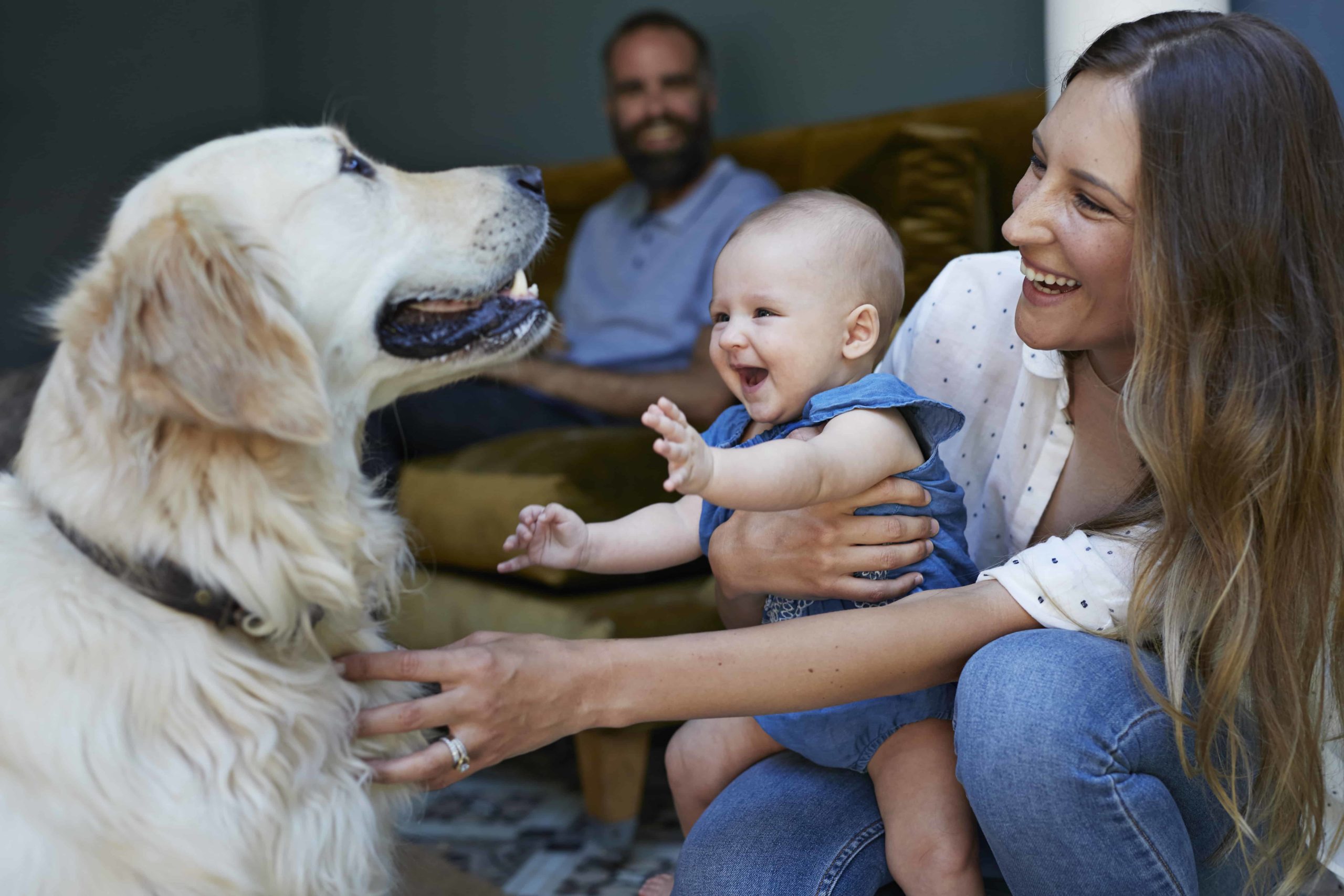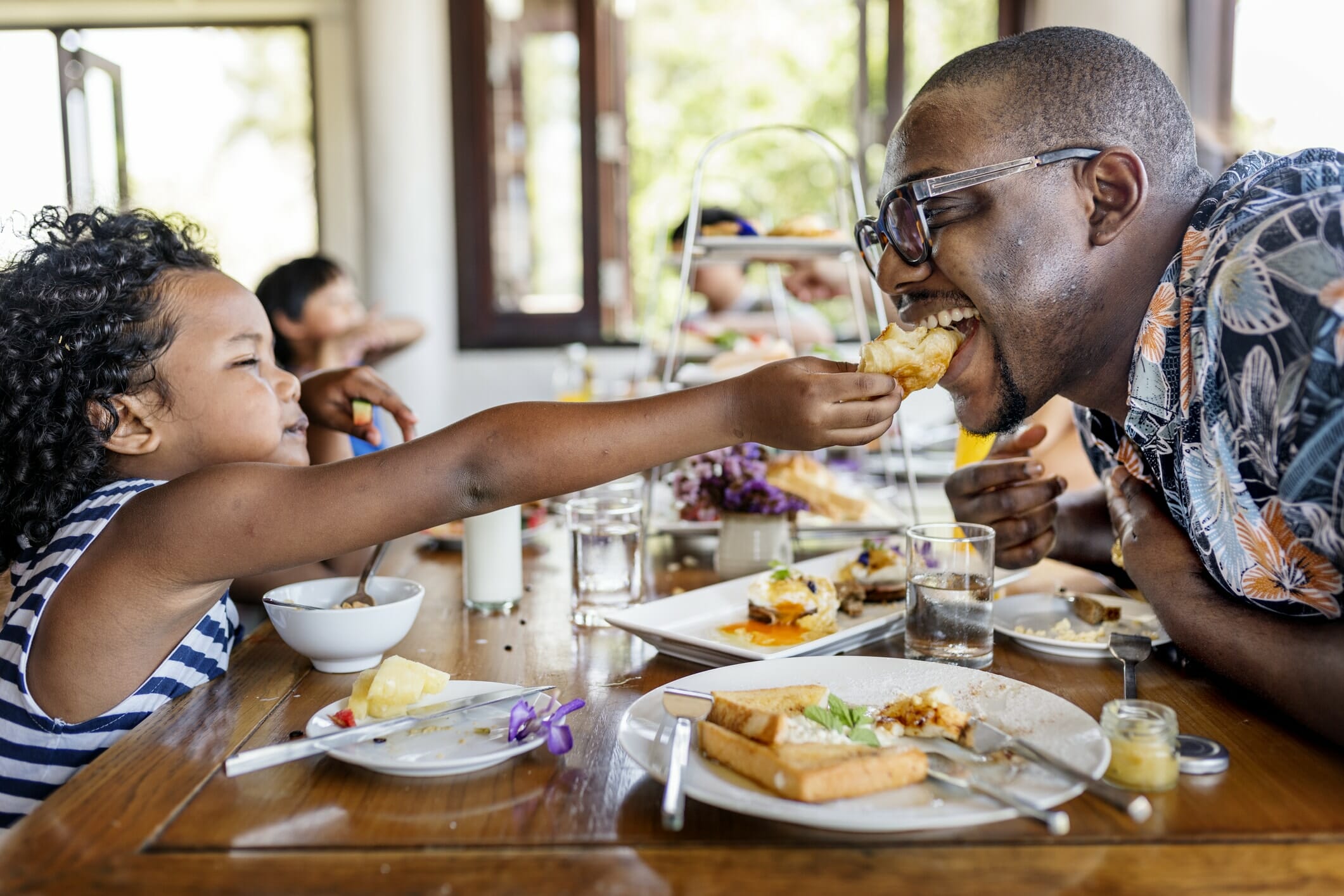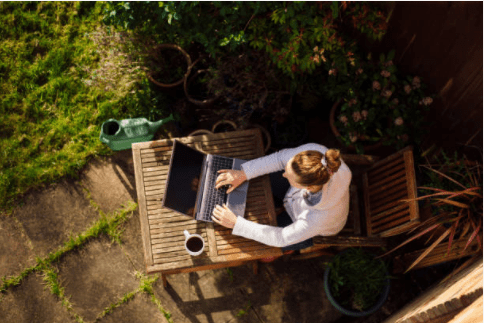Your newborn’s cries have turned to soft, steady breathing. You gently lay her down, hoping she’ll sleep just a bit longer than before. As you slowly close the door behind you and join your partner at the kitchen table, you let out a sigh of relief. The baby monitor confirms that it wasn’t a dream – Little Peanut is sleeping. Now you and your partner can review your finances – again.
Healthcare and child care costs take up a significant portion of your new baby expenses. But, daycare and health insurance premiums aren’t the only money concerns keeping you up at night. New parent sticker shock has both of you reviewing finances weekly to figure how to make each dollar go further. That’s a smart move, since from newborn to age 2 the U.S. Department of Agriculture (USDA) estimates that American families spend approximately $12,680 annually on child-rearing expenditures.
A new baby brings new expenses, but that doesn’t mean you need to drain your savings account or forgo retirement contributions to ensure she has everything she needs. Breastfeeding, buying formula in bulk, and signing up for diaper rewards programs are great ways to help your money go further. But don’t stop there. Add these easy tips to save big on first-year baby necessities, with a few indulgences thrown in.
Secondhand Stores Save the Day
Walking into the baby section of a department store can mean trouble for your wallet. You can’t help but touch every blanket, baby romper, or plush toy you see. When the price tags reveal the actual costs for the new items, you sigh and keep strolling. Don’t despair. You can snag brand name, gently used baby items for a fraction of the cost at second-hand stores. Depending on your area, these stores may be called “resale shops” or “consignment stores.” Either way, these retail outlets offer new parents a way to secure baby items at a discount.
Need help finding the best secondhand stores for babies in your area? Who else to turn to but other parents, of course. Meet-up groups for new moms and dads offer parental advice from other parents with babies of similar ages. They are usually happy to share the 411 on the best of everything “baby” in your city.
A Little Help From Friends
Secondhand isn’t only available in retail. Friends and family members can be a wellspring of resources during your baby’s first year. While seeking used items from friends and family isn’t as convenient as walking into your local resale shop, it can have the best price tag of all – FREE!
If you know of friends or family who have experienced a new birth within the past three years, ask them if they have items that can be borrowed. Share your need for baby items on social media or in local groups such as church or civic organizations. Better yet, host a community baby clothing exchange. These are excellent ways for parents with toddlers to clean out their closets and offer new parents a way to keep first-year costs down. Since most baby clothes are only worn a few months, expect most of these items to appear like new.
What To Buy New
Gently used baby clothing, blankets, and shoes are generally considered safe. However, it’s better to pass on items missing zippers, buttons, clasps, or items that show frayed ends. Rocking chairs and changing tables can be purchased used, but should be carefully inspected for missing parts and chipped paint.
Due to the potential recall of certain baby items like car seats, strollers, and swings, consider purchasing these items new. If your budget won’t allow you to buy a particular item new, check and continue to monitor the manufacturer’s product page. Product recalls do not expire, so it’s essential to check the manufacturer’s website for product recalls before bringing used items home.
Every parent should sign up to receive recall notifications by email since purchasing items new doesn’t guarantee lifetime safety. For example, updated safety rules governing cribs only came into existence in the past eight years. Older cribs, i.e., drop-side cribs, can no longer be legally sold at retail stores, and are often found at yard sales, so be cautious. Consumers can check the product Recall List for babies and kids provided by the United States Consumer Product Safety Commission for a list of products that do not meet required safety standards.
Used or New, How Should You Pay For It?
Create a realistic budget for new baby expenses as the first step in gaining control of your finances. Use a First-Year Baby Costs Calculator to help determine your ongoing and one-time costs. Parents will often use their savings or credit cards to pay for these expenses, but is this a good idea? Depleting your savings account can leave you vulnerable if an emergency expense arises. Some credit cards charge high interest rates, thereby minimizing the savings you received by purchasing used items from a secondhand store.
The better alternative is to use a low-interest rate rewards credit card to pay for first-year baby necessities. Consider using a card for new baby expenditures if you’re able to:
- Pay your balance in full each month.
- Keep your credit utilization rate low.
Rewards cardholders receive cash back or points that can be redeemed for gift cards which can be used for a much needed date night or afternoon at the spa. One great rewards card is the U.S. Bank Cash+™ Visa Signature® Card where you can earn 5% back at movie theaters or 5% back department and clothing stores. With this card you can earn up to $550 cash back in the first year of account opening!
Join local parenting groups for more first-hand tips on ways to save in your area. As your little one enters each new stage of development, recycle your purchases by passing along gently used items to family members, friends, or even strangers. Expecting parents appreciate it.



